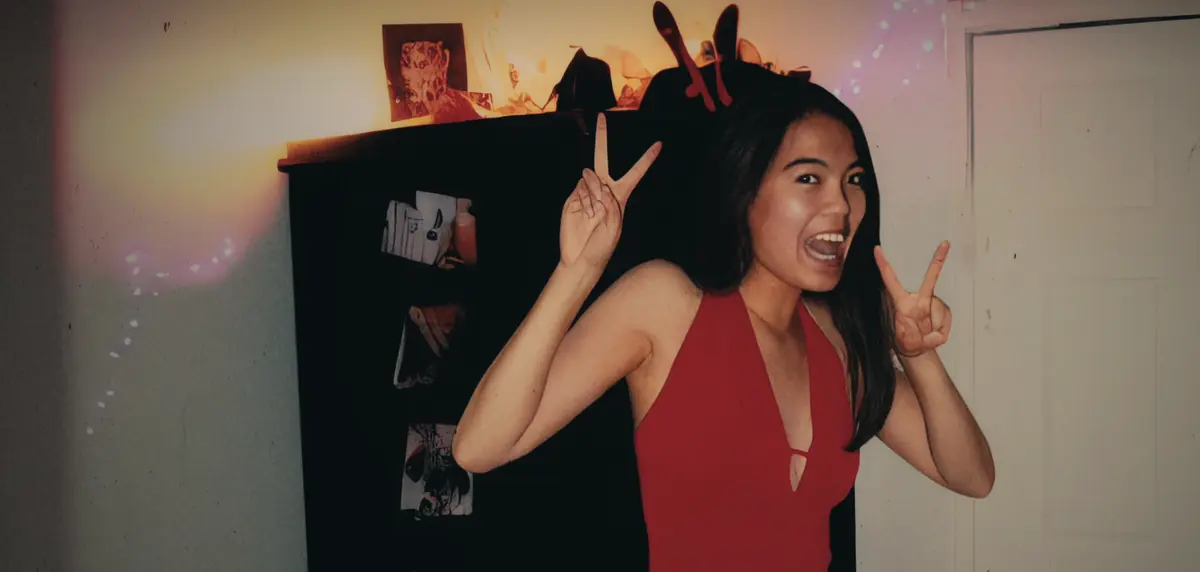Netflix Doc ‘What Jennifer Did’ Uses AI Images to Create False Historical Record
Netflix Doc ‘What Jennifer Did’ Uses AI Images to Create False Historical Record

www.404media.co
Netflix Doc ‘What Jennifer Did’ Uses AI Images to Create False Historical Record
